Classroom Occupant Loading and Egress: What You Need to Know

Occupant loading is not just a matter of how many people can be accommodated in a classroom. It is also how many people can be safely sheltered and evacuated. Whether performing a plan review or inspection, your Code professional does not dictate design, but they should be paying particular attention to this critical part of the overall program, Life Safety.
Leadership Spotlight: Dave Reitz, PLA, on the Importance of Communication & Building Strong Relationships
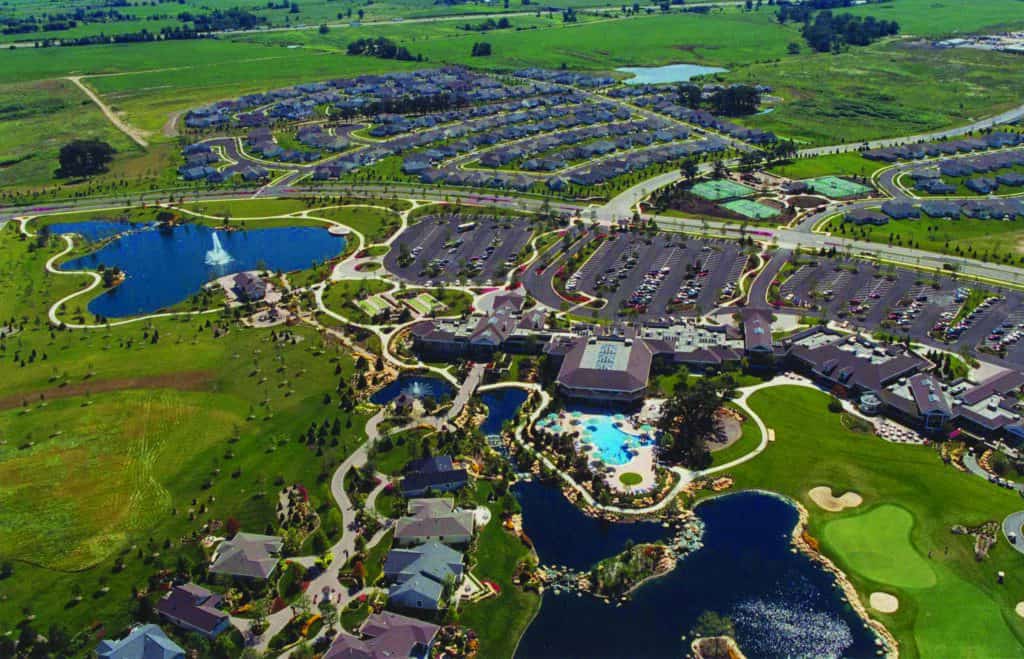
Our collective backgrounds allow us to look at opportunities from our client’s perspective to help their projects say on schedule with fewer disruptions. We also take time to understand background issues from the investment side and understand the sense of urgency that our clients may expect from a consultant.
Top 5 Ways Municipal Fiber Networks Can Help Communities with Resiliency
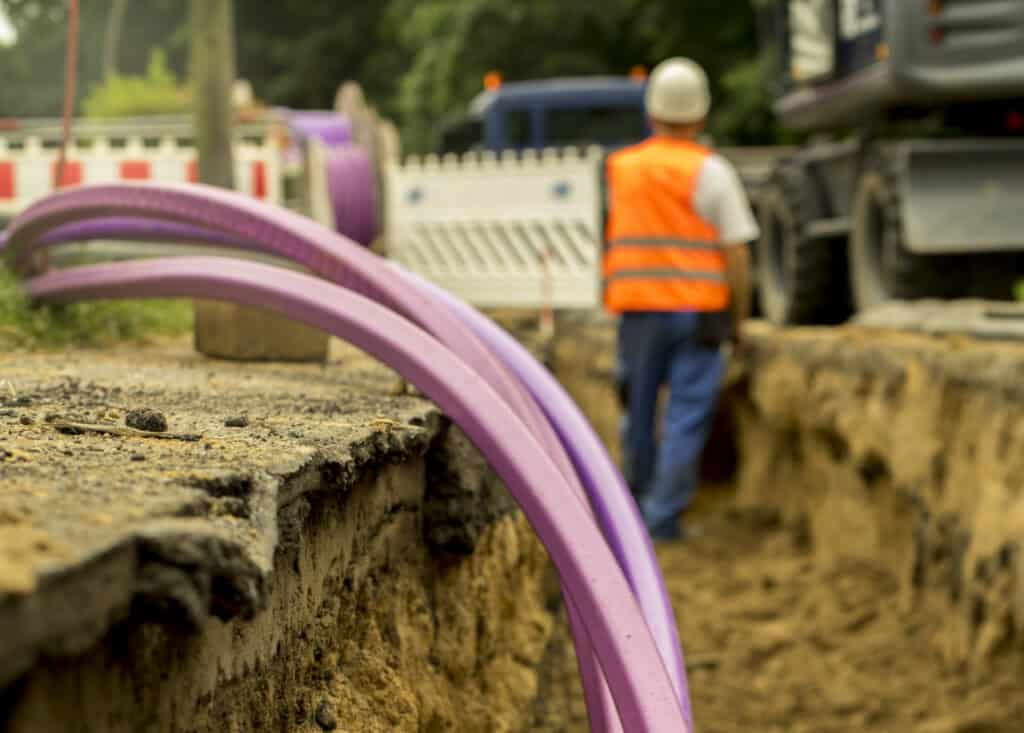
While many communities have used fiber optic cables to connect traffic signals and sites, more and more are leveraging their municipal fiber networks to become a robust asset for their community. Municipal fiber networks can help a community provide their constituents with options for high-speed broadband internet service.
sUAS (Drone) Technology – How Can Your Community Benefit?
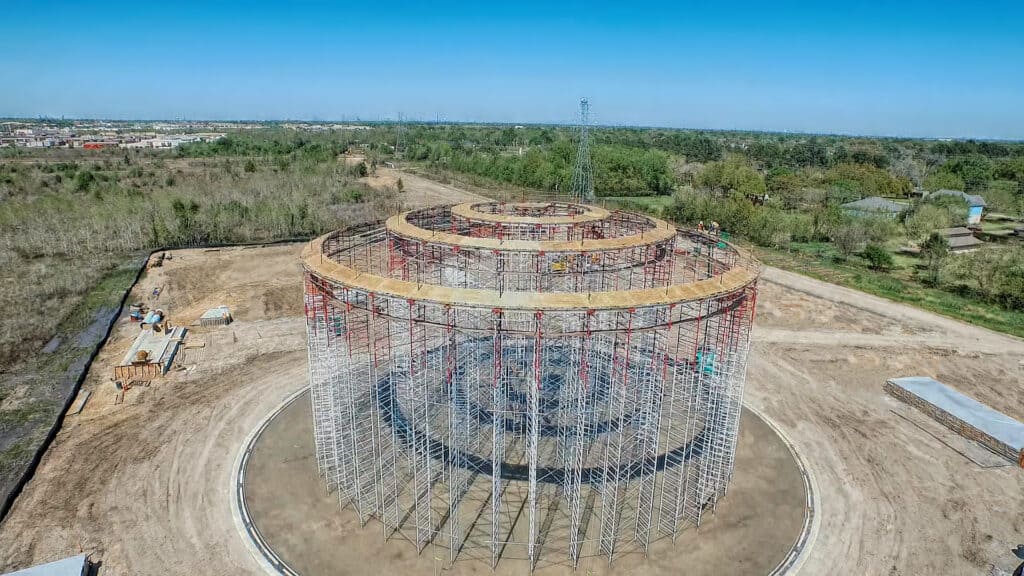
Drones have been filling our news feeds with uses such as recreational, military, and drone deliveries, but how can a municipality determine how to leverage this rapidly evolving technology? Many communities across the country are starting to research sUAS uses and invest in sUAS technology and applications.
One Watershed, One Plan (1W1P): Process, Insights and Tips for Efficient, Effective and Empowering Plan Building
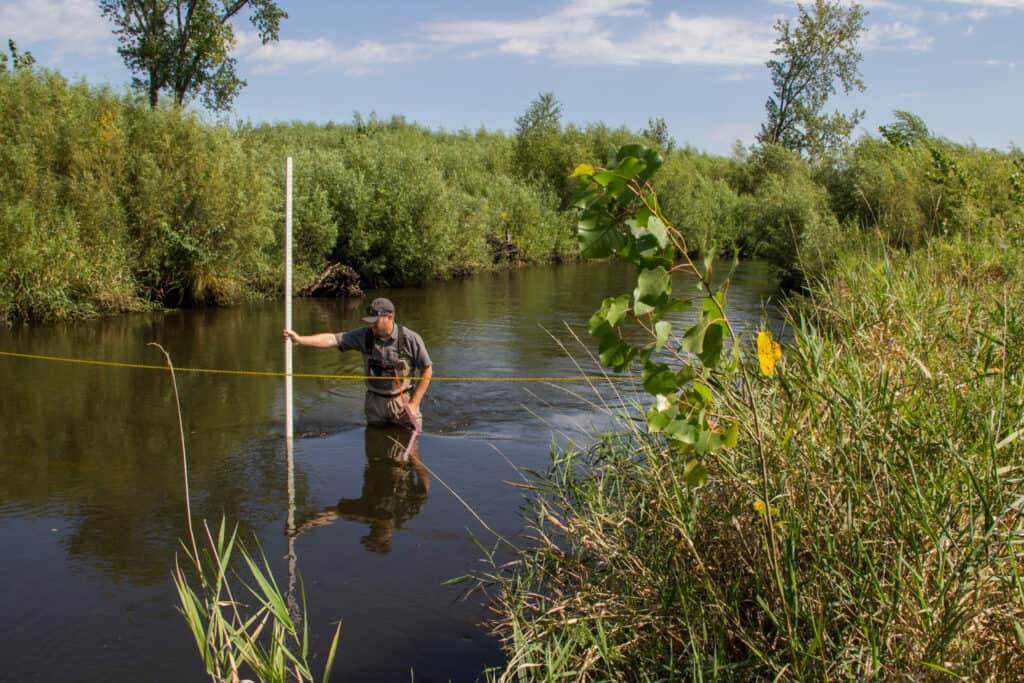
This article presents local soil and water resource organizations with insights into the One Watershed, One Plan (Plan) development process to assist preparation for planning. It synthesizes the experiences of the author during the Pilot phase of the program, his involvement with the development of one of the Pilot Plans and “lessons learned” from BWSR program meetings and documents.
Achieve Results on Complex Transportation Projects

The challenges to transportation project designers are more difficult today than ever. Right-of-way (ROW), easements, utility adjustments, and the ability to efficiently stage construction while safely maintaining traffic are critical factors to keep projects on track, especially in constrained urban settings. Add to the mix are a broad range of regulatory clearances that must be obtained in a sequential manner during the National Environmental Policy Act (NEPA) process to keep the project on schedule. These clearances are often based on conceptual and preliminary design that if not thoroughly developed during the location and route studies phase can lead to rework and schedule delays later in the project life cycle.
3D Design Tools Save Time, Money and Aid in Collaboration
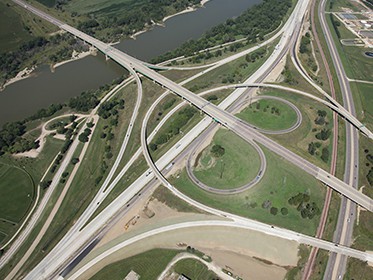
The use of 3D Design tools aids engineers in evaluating designs and the conditions present that can create construction delays, cause expensive changes to the design, or could affect long-term maintenance costs if not adequately analyzed at key steps in the design process.